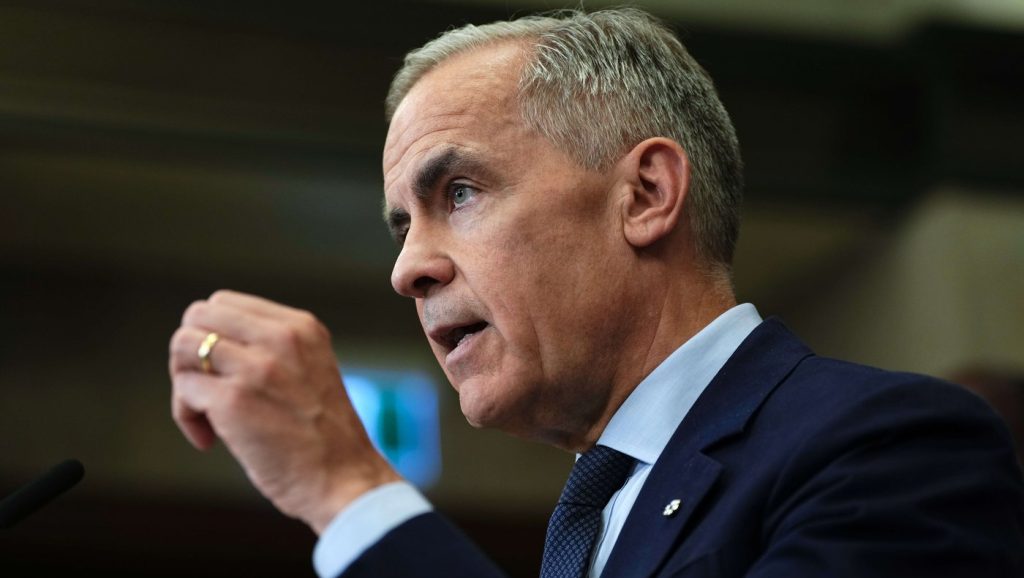Nursing shortages could be tip of the iceberg, study finds

Posted August 3, 2022 5:15 pm.
Last Updated August 3, 2022 10:06 pm.
Burnout among health care workers is a factor, as Toronto General Hospital nears two weeks under a critical care bed alert.
The alert means three intensive care units at the hospital are at capacity or have limited human resources to safely keep all beds in operation. It’s the latest sign of the staffing shortages plaguing health care in Ontario, according to the Registered Practical Nurses Association of Ontario (WeRPN).
The association’s CEO Dianne Martin told CityNews in an interview that critical care alerts used to happen from time to time, then during the height of the pandemic they were common with patients either being triaged or sent to other locations.
Martin warned this will be the norm if the province doesn’t get a handle on the nursing shortage.
“If we don’t start to solve the problem yesterday,” she said, “patients who are critically ill, we are going to lose some people.”
According to the Ford government, 10,500 health care workers have recently been added to the system, but a new workforce survey by the Ontario Hospital Association found vacancy rates for registered nurses are currently over 12 per cent and more than 10 per cent for registered practical nurses.
RELATED: Ford: ‘Doing everything in our power’ to add more Ontario health workers
The findings are based on the responses of 87 out of 140 hospitals surveyed on March 1 of this year, representing over 187,000 hospital employees.
Findings from March 2019 reveal the vacancy rate for nurses was less than 5 per cent.
Meantime, a new study by WeRPN found the sector has the potential to lose half its workforce, with nearly 1 in 2 RPNs considering leaving the profession for good. That’s up from 34 per cent in 2020.
The survey also found that 7 in 10 nurses are unable to provide adequate patient care due to a lack of available time and resources.
“Are these patients being told that the careful monitoring being done by nurses is being done at a much lower level than it was during pre-crisis, and what is the impact on patient outcomes because of that?” Martin said.








